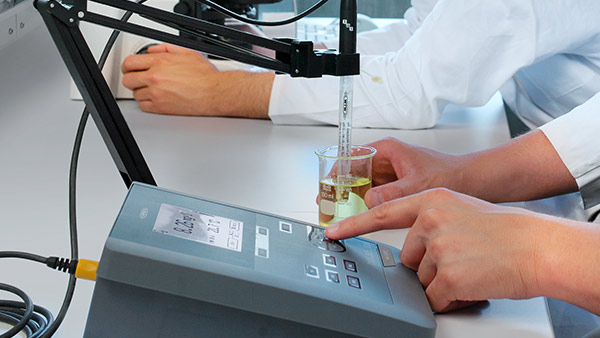ORP Electrodes for Lab and Field

The measurement of the oxidation/reduction potential (ORP) is based on reactions taking place in aqueous solutions, where the reactants exchange electrons. The uptake of electrons by one reactant is called reduction, the donation of electrons by the other oxidation. An ORP electrode makes this reaction visible. It consists of an inert precious metal electrode (gold, platinum) and a reference electrode. The reaction of the reactants on the metal surface causes an electrical potential in comparison to the reference electrode which can be detected by appropriate meters. A typical application in practice is the monitoring of the efficiency of a disinfectant dissolved in water like chlorine. The potential of an ORP electrode will always be noted considering the reference system used (typically Ag/AgCl). If the conversion into the potential versus a hydrogen electrode is required a temperature dependent potential has to be added (e.g. 207 mV at 25 °C).
Our ORP Electrodes: